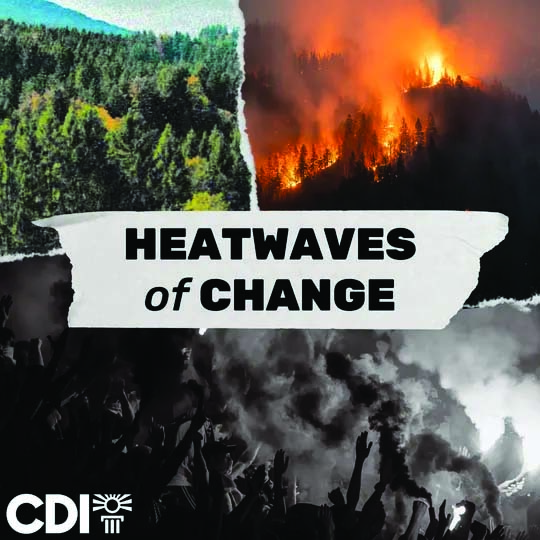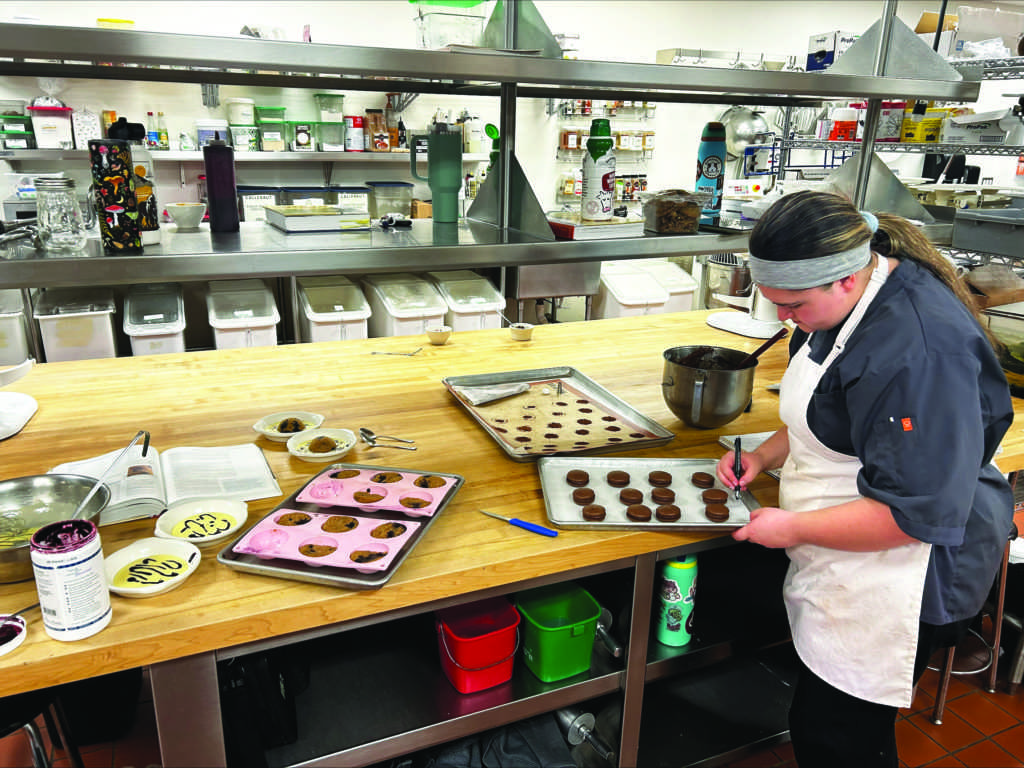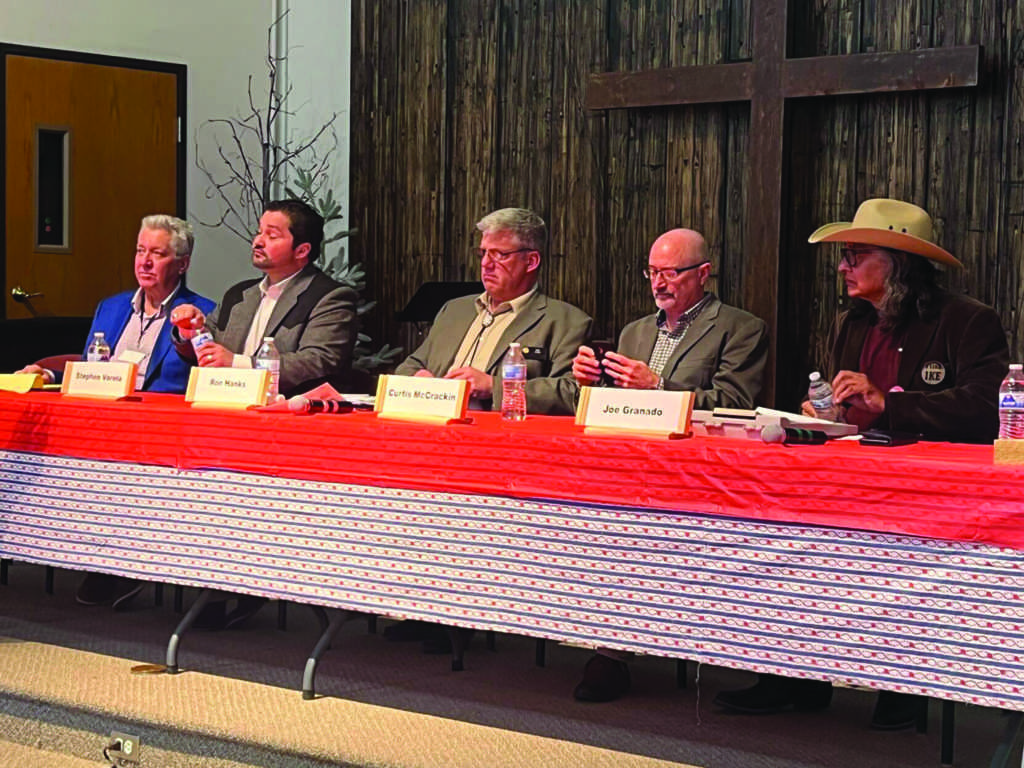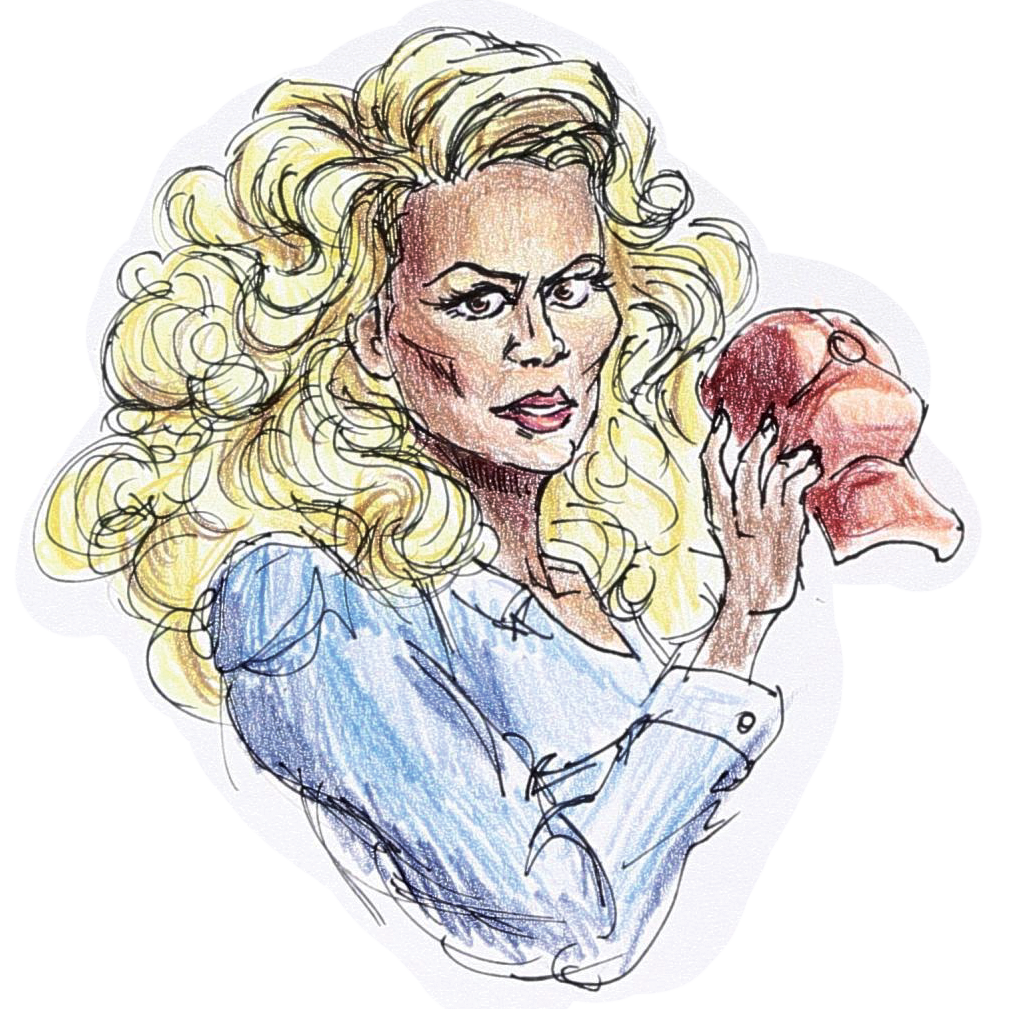Editor’s note: added recorded to the headline
Even though the past week has brought much-needed precipitation to Grand Junction, and temperatures have cooled, August wasn’t so lucky.
August 2020 in Mesa County was the hottest August recorded since data started being kept track of in 1900, with an average high of 97 degrees (36.1 C).
Besting the previous average high of 95.13, these temperatures continued what has already been a hot summer, the fifth hottest on record.
“Western Colorado and Eastern Utah, the area that we’re in is what’s considered a hot spot for the United States, so we are warming faster than the rest of the United States,” Colorado Mesa University (CMU) Environmental Science professor Deborah Kennard said.
soaring temperatures have contributed to the dryness that Colorado has experienced. In August, according to Drought.gov, the entire state was in a drought, and Mesa County was classified as in “severe drought.”
Even though the temperatures have cooled in the past week, and Grand Junction has seen rain, the area is still considered in severe drought.
Fires, such as the Pine Gulch fire and Grizzly Creek fire, are another byproduct of dry and hot weather.
“The reason that temperature is so important is because temperature drives evaporation,” CMU Environmental Science Professor Tamera Minnick said. “And those hotter, bigger, more intense fires are certainly related to both temperature and drought.”
The smoke from the fires did not actually contribute to the hot temperatures.
“Smoke actually has a slight cooling effect,” Kennard said. “Because it blocks more of the sunlight from coming through the atmosphere.”
According to Minnick, these temperatures have a big impact on agriculture.
“If you increase temperatures, you make the plants become active earlier in the season, and then they’re more at risk for a frost,” Minnick said.
Minnick also said that one of the crops affected by the hot temperatures are Colorado’s peaches.
“If we have higher temperatures sooner, that snow melts [in the spring] before they’re ready to call it a season,” Minnick said. “Snow melt and snow pack has a lot to do with irrigation and whether we get to have our lovely Colorado peaches as well.”
According to the Director of Hutchins Water Center at CMU Hannah Holm, the high temperatures lead to high evaporation rates, which affects the entirety of Grand Junction because of the amount of water that is sucked up and transpired by plants. She said that this level of dryness contributes to the fires, making the relationship between high temperatures and wildfires a vicious cycle.
“More water is evaporated and transpired before it ever has a chance to make it to the stream, and so we end up with less water in our streets. Also, drier soil and drier vegetation too, which is contributing to the fires,” Holm said.
Temperatures in Grand Junction seem to be going down in the next few weeks, with lows reaching as low as 55 degrees during the week of Sept. 7, but the heat of the summer is still lingering in the air.















